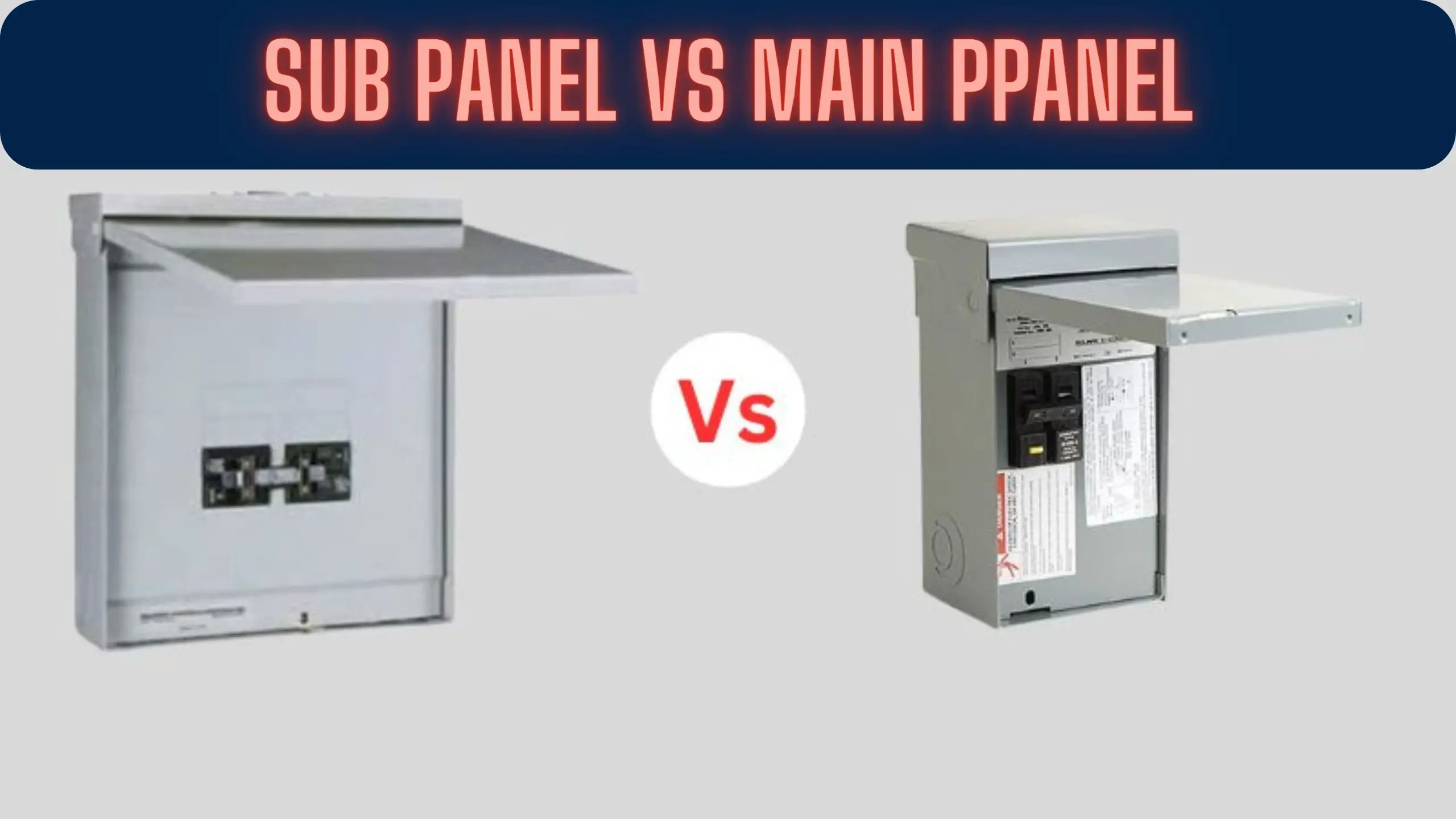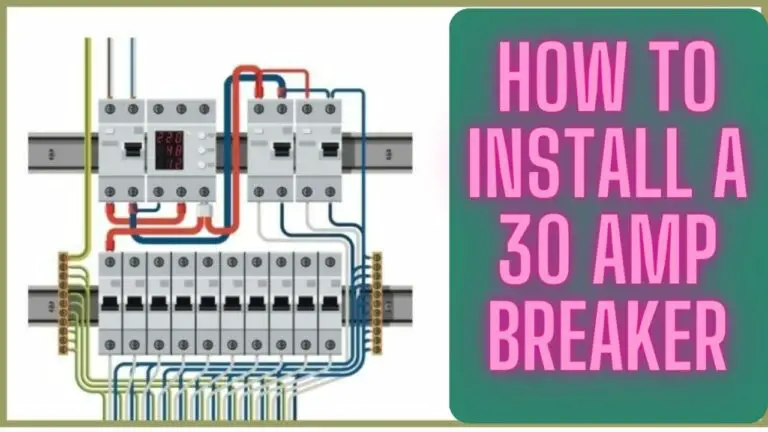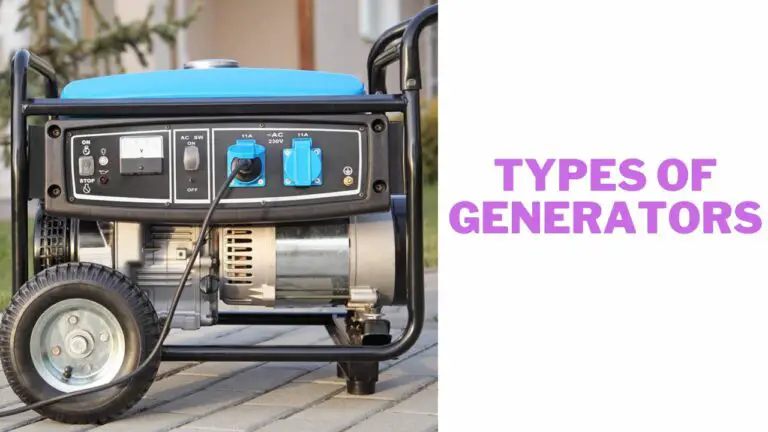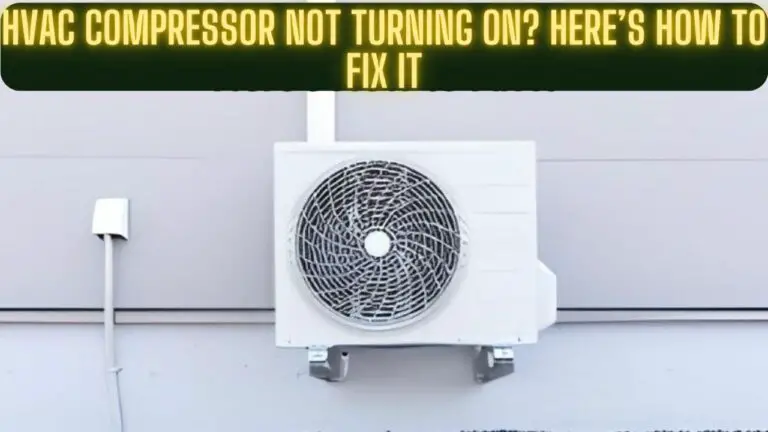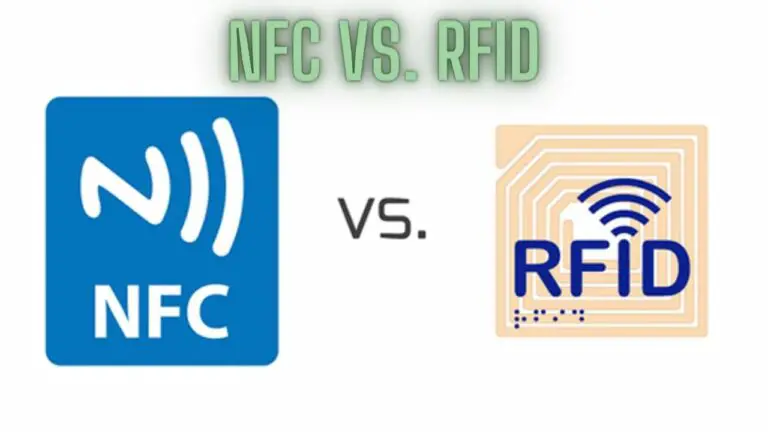Sub Panel vs Main Panel: Understanding the Differences and Applications
Introduction
Electrical panels are a crucial component of any building’s electrical system, serving as distribution points for electricity throughout the structure. Among the various types of panels, two primary categories are often discussed: the main panel and the sub panel. While both are essential for safe and efficient electricity distribution, they serve different purposes and have distinct applications. In this article, we’ll delve into the differences between sub panels and main panels, their functions, and when each is typically used.
Main Panel: The Heart of the Electrical System
The main electrical panel, also known as the main service panel or distribution board, is the primary hub where electricity enters a building from the utility company’s power lines. Its primary function is to divide the incoming electrical supply into smaller circuits that power various appliances, outlets, and fixtures throughout the building. The main panel contains circuit breakers or fuses that control the flow of electricity to individual circuits, preventing overload and electrical hazards.
Key features of a main panel include:
- Service Disconnect: The main panel houses the service disconnect, which is a main circuit breaker that allows the building’s entire electrical supply to be shut off in case of emergencies or maintenance.
- Higher Amperage Capacity: Main panels are designed to handle higher amperage capacities to accommodate the electrical needs of an entire building.
- Utility Meter: The main panel is typically located near the utility meter, as it’s the point of connection between the utility’s power lines and the building’s internal electrical system.
- Dedicated Circuits: Some circuits in the main panel are dedicated to high-power appliances like HVAC systems, water heaters, and electric stoves.
Sub Panel: Expanding Electrical Capacity
A sub panel, short for subdistribution panel or subpanel, is an additional electrical panel that branches off from the main panel. It serves as an extension of the main panel, providing extra circuits and distribution points in locations that require more power or where adding circuits to the main panel might be impractical.
Key features of a sub panel include:
- Circuit Expansion: Sub panels are used when the capacity of the main panel is insufficient to accommodate new circuits. This often occurs when adding rooms, renovating, or installing new appliances.
- Remote Locations: Sub panels are commonly installed in remote areas of the building, such as a detached garage, workshop, or basement, where it’s challenging to run new wiring back to the main panel.
- Dedicated Circuits: Like the main panel, sub panels can also house dedicated circuits for specific high-power devices.
- Dependence on Main Panel: It’s important to note that a sub panel depends on the main panel for its power supply. The main panel’s capacity must be sufficient to handle the additional load from the sub panel.
Differences between Sub Panel vs Main Panel
A main panel and a sub-panel are both components of an electrical distribution system in a building, but they serve different purposes and have distinct characteristics. Here are the key differences between a sub-panel and a main panel:
Main Panel (Main Service Panel or Distribution Panel):
- Primary Power Source: The main panel is the primary point of entry for electrical power into a building from the utility company. It typically houses the main disconnect switch, which allows you to shut off power to the entire building.
- Amperage Rating: The main panel has a higher amperage rating compared to sub-panels. It’s responsible for distributing power to multiple circuits throughout the building.
- Circuit Breakers: The main panel contains circuit breakers that protect the entire electrical system by interrupting the flow of electricity in case of overloads or short circuits.
- Utility Meter: The main panel is often located near the utility meter, and it’s where the electrical meter is connected to measure the electricity usage of the entire building.
- Grounding and Bonding: The main panel is where the grounding electrode conductor connects to establish a grounding system. It’s also responsible for bonding the ground and neutral bars.
- Location: It’s typically located in a central and easily accessible location within the building, often near the point of entry.
Sub-Panel (Sub-Distribution Panel or Sub-Service Panel):
- Derived Power Source: A sub-panel is powered by the main panel. It receives its electricity from the main panel and acts as an extension of the main panel’s circuit distribution.
- Amperage Rating: Sub-panels have a lower amperage rating compared to main panels. They are used to distribute power to specific areas or appliances within the building.
- Circuit Breakers: Sub-panels also contain circuit breakers, which protect the circuits connected to the sub-panel. These breakers are typically of lower capacity compared to those in the main panel.
- Load Distribution: Sub-panels allow for more organized and localized distribution of power within the building. They are often used when the main panel is near its capacity or when additional circuits are needed in a specific area of the building.
- Remote Location: Sub-panels are usually installed in locations where the main panel’s wiring would be impractical or inefficient. For example, they might be placed in a separate part of the building, like a garage or a workshop.
- Grounding: Sub-panels also require proper grounding, but they do not typically have a neutral-to-ground bond like main panels do.
In summary, the main panel is the central hub of the building’s electrical system, receiving power from the utility and distributing it to various circuits. Sub-panels are additional distribution points that branch off from the main panel, allowing for more localized distribution of power to specific areas or appliances.
Choosing Between Main Panels and Sub Panels:
When deciding between main panels and sub panels for your electrical system, several factors should be considered to make an informed choice. Here’s a step-by-step guide to help you decide:
1. Assess Your Electrical Needs:
- Determine the total electrical load requirements of your building or property. Consider factors such as the size of the building, the number of electrical appliances and devices, and any planned expansions or renovations.
2. Evaluate Existing Infrastructure:
- Check the capacity and condition of your current electrical panel, if applicable. Determine whether it can accommodate your current and future electrical needs. Evaluate the available space and wiring configuration for potential panel installations.
3. Consider Space and Location:
- Assess the available space and layout of your property to determine the most suitable location for electrical panels. Main panels are typically installed near the utility service entrance, while sub panels can be located closer to specific areas or circuits within the building.
4. Review Building Codes and Regulations:
- Familiarize yourself with local building codes and regulations regarding electrical panel installations. Ensure compliance with requirements related to panel capacity, wiring standards, safety measures, and permits.
5. Determine Load Distribution Needs:
- Evaluate whether you require centralized control over the entire electrical system (main panel) or localized control for specific areas or circuits within the building (sub panels). Consider factors such as convenience, flexibility, and efficiency of load distribution.
6. Plan for Future Expansion:
- Anticipate future changes or expansions to your electrical system, such as adding new appliances, equipment, or circuits. Choose a panel configuration (main panel with ample capacity or sub panels for specific areas) that allows for easy scalability and accommodates future needs.
7. Assess Budget Considerations:
- Compare the costs associated with installing main panels versus sub panels, including equipment, materials, labor, and potential modifications to existing infrastructure. Consider long-term savings, efficiency gains, and the overall return on investment.
8. Consult with Professionals:
- Seek guidance from qualified electricians, engineers, or building contractors to assess your specific requirements and recommend the most appropriate panel configuration. Obtain multiple quotes and proposals to compare options and make an informed decision.
9. Consider Practicality and Convenience:
- Evaluate practical aspects such as maintenance requirements, ease of access, and safety considerations associated with different panel configurations. Choose a solution that balances functionality, convenience, and safety for your particular needs.
10. Make a Decision:
- Based on your assessment of the above factors, make a decision between main panels and sub panels that best meets your current and future electrical requirements, budget constraints, and compliance with relevant regulations.
By carefully considering these factors and consulting with professionals as needed, you can choose between main panels and sub panels with confidence, ensuring a reliable and efficient electrical system for your building or property.
Advantages and Disadvantages
Advantages of Main Panels:
- Central Control: Main panels serve as the primary distribution point for electrical power in a building, providing centralized control over the entire electrical system.
- Higher Capacity: Main panels typically have higher amperage capacities compared to sub panels, allowing them to accommodate larger electrical loads.
- Direct Connection to Utility Service: Main panels are directly connected to the utility service entrance, ensuring reliable access to electricity from the grid.
- Simplified Wiring: Since main panels are the primary point of entry for electrical wiring, installation and maintenance tend to be more straightforward compared to sub panels.
- Easy Access for Utility Providers: Utility providers can easily access and service main panels, simplifying metering, inspections, and maintenance tasks.
Disadvantages of Main Panels:
- Limited Space: Main panels may have limited space for additional circuit breakers or expansion, especially in older buildings or installations with smaller panels.
- Single Point of Failure: If a problem occurs within the main panel, it can disrupt power distribution to the entire building, resulting in widespread outages.
- Costlier Installation: Main panels often require more extensive installation procedures, including larger conduits, higher gauge wiring, and more robust mounting hardware, leading to higher upfront costs.
Advantages of Sub Panels:
- Expanded Capacity: Sub panels allow for additional circuit distribution beyond the capacity of the main panel, making them ideal for expanding electrical systems in large buildings or renovations.
- Localized Control: Sub panels offer localized control over specific areas or circuits within a building, allowing for more efficient management of electrical loads and easier troubleshooting.
- Flexibility: Sub panels can be strategically placed throughout a building to minimize wiring distances, reduce voltage drop, and accommodate specific electrical requirements for different areas or functions.
- Isolation of Circuits: Sub panels provide isolation for individual circuits, minimizing the impact of faults or overloads on other parts of the electrical system.
Disadvantages of Sub Panels:
- Complex Wiring: Sub panels require additional wiring and connections to the main panel, which can increase installation complexity and the potential for wiring errors if not done correctly.
- Space Limitations: Depending on the available space and configuration of the main panel, installing sub panels may not always be feasible or may require additional structural modifications.
- Maintenance Challenges: Managing multiple sub panels scattered throughout a building can be more challenging and time-consuming compared to maintaining a single main panel.
- Cost: While sub panels offer flexibility and expanded capacity, the installation of multiple sub panels can incur higher costs compared to simply upgrading the main panel to accommodate increased loads.
When deciding between main panels and sub panels, it’s essential to consider factors such as the size and layout of the building, anticipated electrical loads, future expansion needs, and budget constraints.
Sub Panel vs Main Panel FAQS
What is the primary purpose of a main panel?
The main panel, also known as the main service panel or distribution panel, is the central point where electricity from the utility company enters a building. It contains circuit breakers that distribute power to various circuits throughout the building.
What is a sub-panel, and why is it used?
A sub-panel, or sub-distribution panel, is a secondary electrical panel that is powered by the main panel. It is used to distribute power to specific areas, rooms, or appliances within a building. Sub-panels are useful when there’s a need for additional circuits beyond what the main panel can accommodate, or when localized power distribution is required.
How are sub-panels connected to the main panel?
Sub-panels are connected to the main panel by running feeder wires from the main panel to the sub-panel. These feeder wires consist of hot (phase) wires, neutral wires, and grounding conductors. The feeder wires carry electricity from the main panel to the sub-panel, where it is further distributed to individual circuits.
What is the difference in amperage rating between main panels and sub-panels?
Main panels have a higher amperage rating compared to sub-panels. Main panels are designed to handle the overall electrical demand of the entire building, while sub-panels are meant to handle a subset of the load and are usually of lower capacity.
Do sub-panels have their own circuit breakers?
Yes, sub-panels have their own circuit breakers. These breakers protect the circuits connected to the sub-panel from overloads and short circuits. The capacity of the circuit breakers in a sub-panel is typically determined by the amperage rating of the sub-panel.
Can sub-panels be installed anywhere in a building?
Sub-panels can be installed in various locations within a building, but there are some considerations to keep in mind. They should be placed in easily accessible locations, and the wiring between the main panel and the sub-panel should be properly sized and protected. Additionally, sub-panels should be installed by a qualified electrician to ensure compliance with electrical codes and safety standards.
Is bonding and grounding the same in main panels and sub-panels?
Bonding and grounding are important for electrical safety, but there are differences in how they are handled in main panels and sub-panels. Main panels typically have a neutral-to-ground bond, while sub-panels do not have this bond. Grounding and bonding practices should adhere to local electrical codes and regulations.
Can I add more sub-panels if I need additional circuits?
Yes, you can add more sub-panels if your electrical needs require additional circuits. However, it’s important to ensure that your main panel has enough capacity to accommodate the new sub-panel(s) and that the installation is carried out by a licensed electrician to maintain safety and compliance with regulations.
Conclusion
In conclusion, main panels and sub panels are integral components of an electrical system, each serving distinct purposes in power distribution. Understanding their differences helps homeowners, electricians, and building professionals make informed decisions when designing, upgrading, or expanding electrical systems. Whether it’s ensuring safety, optimizing power distribution, or meeting the demands of modern living, a well-planned combination of main panels and sub panels contributes to an effective and reliable electrical infrastructure.

